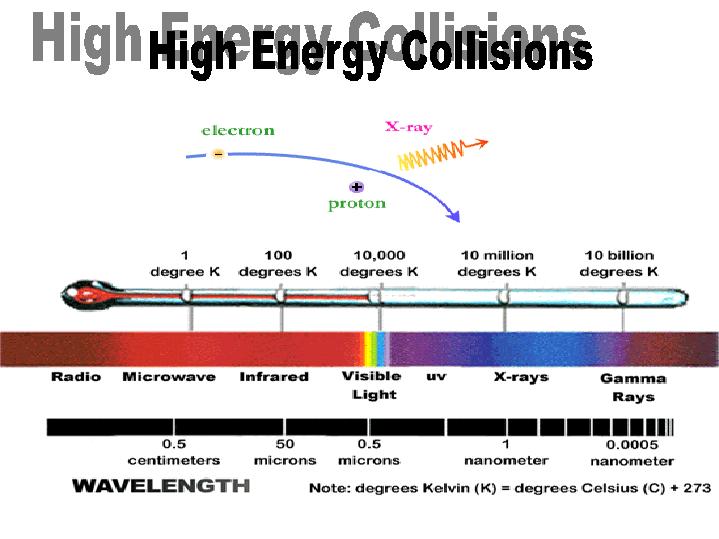
In a doctor's office an object, such as an arm, is placed between the X-ray source and the film in a camera. The bone of the arm is denser than the mussel tissue and absorbs more X-rays, appearing darker than the surrounding tissue. With Chandra there is a larger distance between the camera located within the observatory and the source, such as a galaxy. Since there is such a great distance between the camera and the source, Chandra can take a detailed picture of the source. The camera in the Doctor's office cannot take a picture of the source because it is too close to see any detail. The camera in the doctor's office cannot operate like the camera in Chandra. However, Chandra's camera CAN operate like the camera in the doctor's office. Not only can Chandra take a picture of the source; the observatory can also take a picture of an object between itself and the source. Unlike the arm bone in the doctor's office, which simply absorbs all X-rays that hit it, any object between Chandra and the source (just as a cloud of gas), will selectively absorb particular wavelengths of the X-ray spectrum. Chandra can analyze the wavelengths that have been absorbed and "get a picture" of what the object is. |
| First Previous Next Last Index Home |
Slide 24 of 28